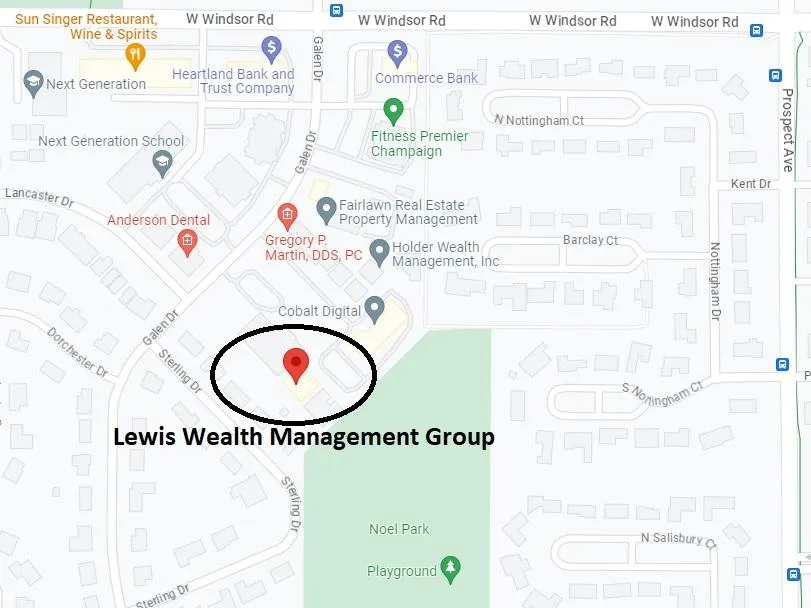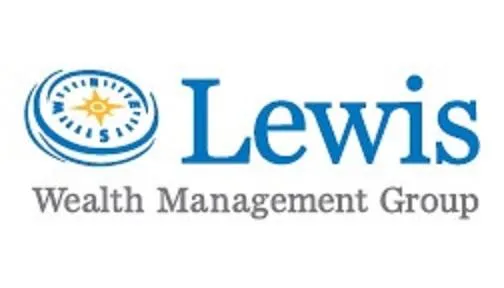
💪The Power of 529 Plans
As a financial advisor dedicated to helping individuals in sales and retirees optimize their financial strategies, I often encounter questions about saving for education in a tax-efficient manner. Among the various tools available, 529 plans stand out for their unique benefits. Moreover, understanding the possibility of rolling these plans into Roth IRAs can add another layer to your financial planning. In this post, we'll explore how 529 plans work and delve into their rollover potential into Roth IRAs.
Understanding 529 Plans A 529 plan is a tax-advantaged savings plan designed to encourage saving for future education costs. These plans, sponsored by states, state agencies, or educational institutions, offer two primary options: prepaid tuition plans and education savings plans.
Benefits of 529 Plans:
Tax Advantages: Contributions grow tax-deferred, and withdrawals for qualified education expenses are tax-free at the federal level.
State Tax Benefits: Many states offer state income tax deductions or credits for contributions.
High Contribution Limits: 529 plans have high contribution limits, making them suitable for those who wish to save a significant amount for education.
Flexibility in Beneficiary Changes: You can change the beneficiary to another family member if the original beneficiary doesn't need the funds.
The Path to Roth IRAs While 529 plans are explicitly designed for educational expenses, there's a strategy involving their potential rollover into Roth IRAs, offering a unique way to repurpose unused education funds.
Rollover Guidelines:
Tax and Penalty-Free Rollovers: Under specific conditions, funds from a 529 plan can be rolled over into a Roth IRA without taxes or penalties. This option is relatively new and subject to certain rules and limitations.
Contribution Limits: The rollover amount can't exceed the annual Roth IRA contribution limit.
Account Age: The 529 plan must have been in existence for at least 15 years.
Beneficiary Restrictions: The beneficiary of the 529 plan and the Roth IRA must be the same.
Strategic Considerations This strategy could be particularly beneficial for retirees who initially saved for a grandchild's education but find the funds are not needed. By rolling over to a Roth IRA, they can continue to enjoy tax-free growth and potential tax-free withdrawals, now earmarked for retirement.
Conclusion: The synergy between 529 plans and Roth IRAs presents a compelling opportunity for those planning for education and retirement. As a financial advisor with an interest in comprehensive financial planning and tax liabilities reduction, I find these tools particularly powerful. They not only offer flexibility in saving for education but also provide a pathway to retirement savings, aligning with a wide range of financial goals.
Disclaimer: This information is for educational purposes only and should not be considered as specific financial or tax advice. Always consult with a qualified professional to understand your unique financial situation.
©2023 Lewis Wealth Management Group. All rights reserved.
Lewis Wealth Management Group
217-337-5584
2506 Galen Drive Ste 104
Champaign IL 61821
Check the background of your financial professional on FINRA's BrokerCheck.


